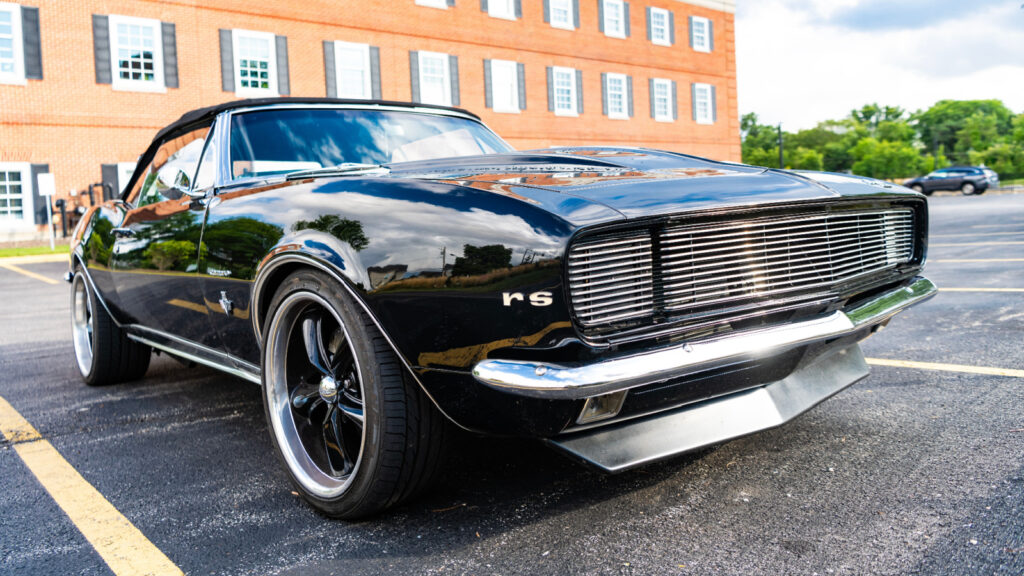Economic downturns force drivers to think differently about their vehicles. High fuel consumption, steep insurance costs, relentless repair bills, and poor resale values can turn certain cars into financial nightmares. In Canada, where weather conditions are harsh and living costs keep climbing, the wrong vehicle can quickly become a drain on already stretched incomes. Here are 16 of the worst cars to own in Canada during a recession.
Full-Size Pickup Trucks
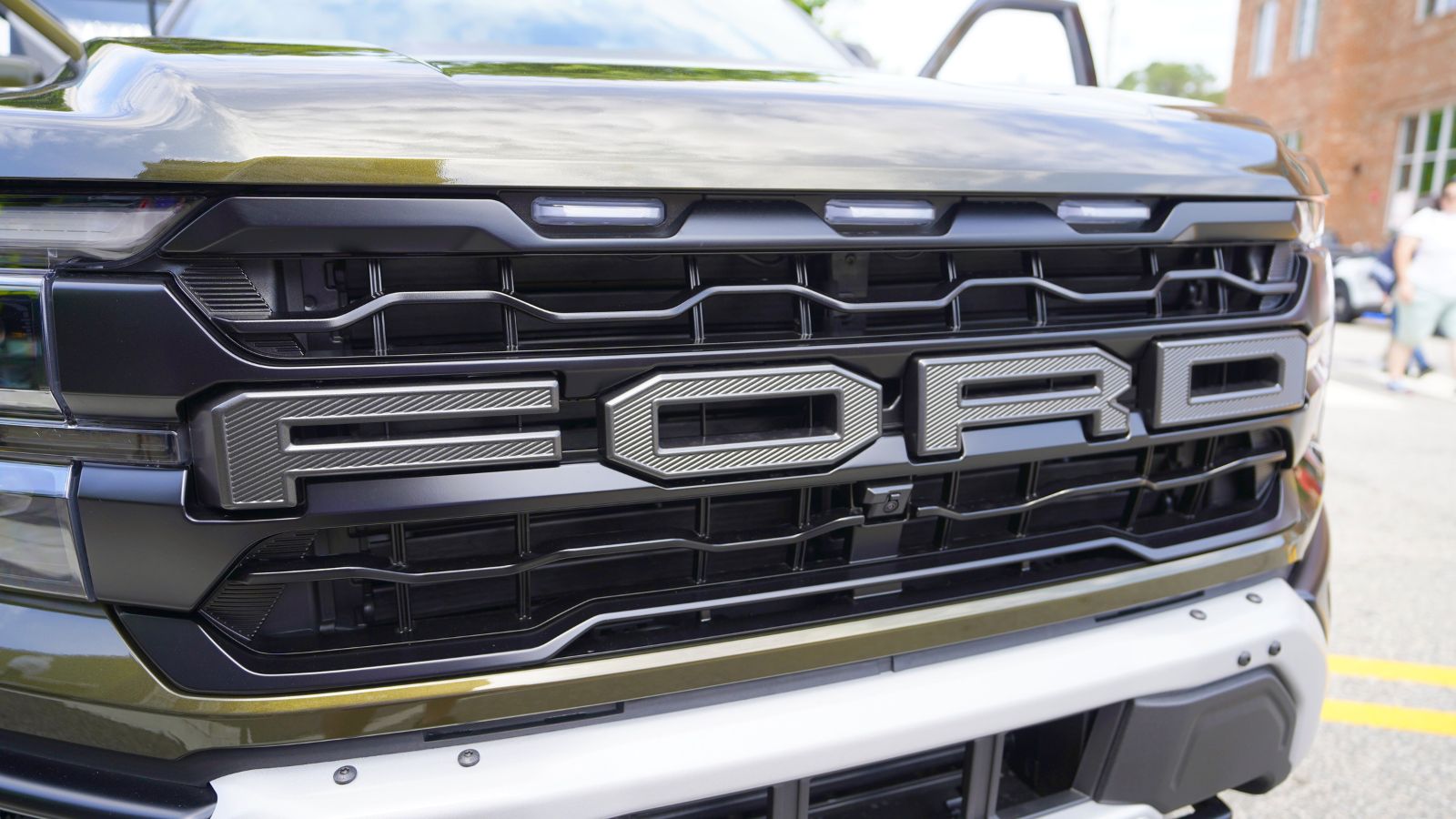
Full-size trucks like the Ford F-150 or Ram 1500 might dominate sales, but they hurt badly during recessions. Average fuel economy hovers around 14–16 L/100 km, meaning $120–$140 fills vanish quickly. Insurance premiums average $1,800–$2,000 annually, and tire replacements can cost over $1,200 a set. Maintenance runs 15% higher than mid-size trucks due to size and complexity. While resale holds better than some vehicles, high monthly payments (often exceeding $ 700) make them hard to justify. Since most owners don’t need heavy towing capacity daily, these pickups quickly turn from “pride of the driveway” into anchors on personal finances.
Luxury German Sedans
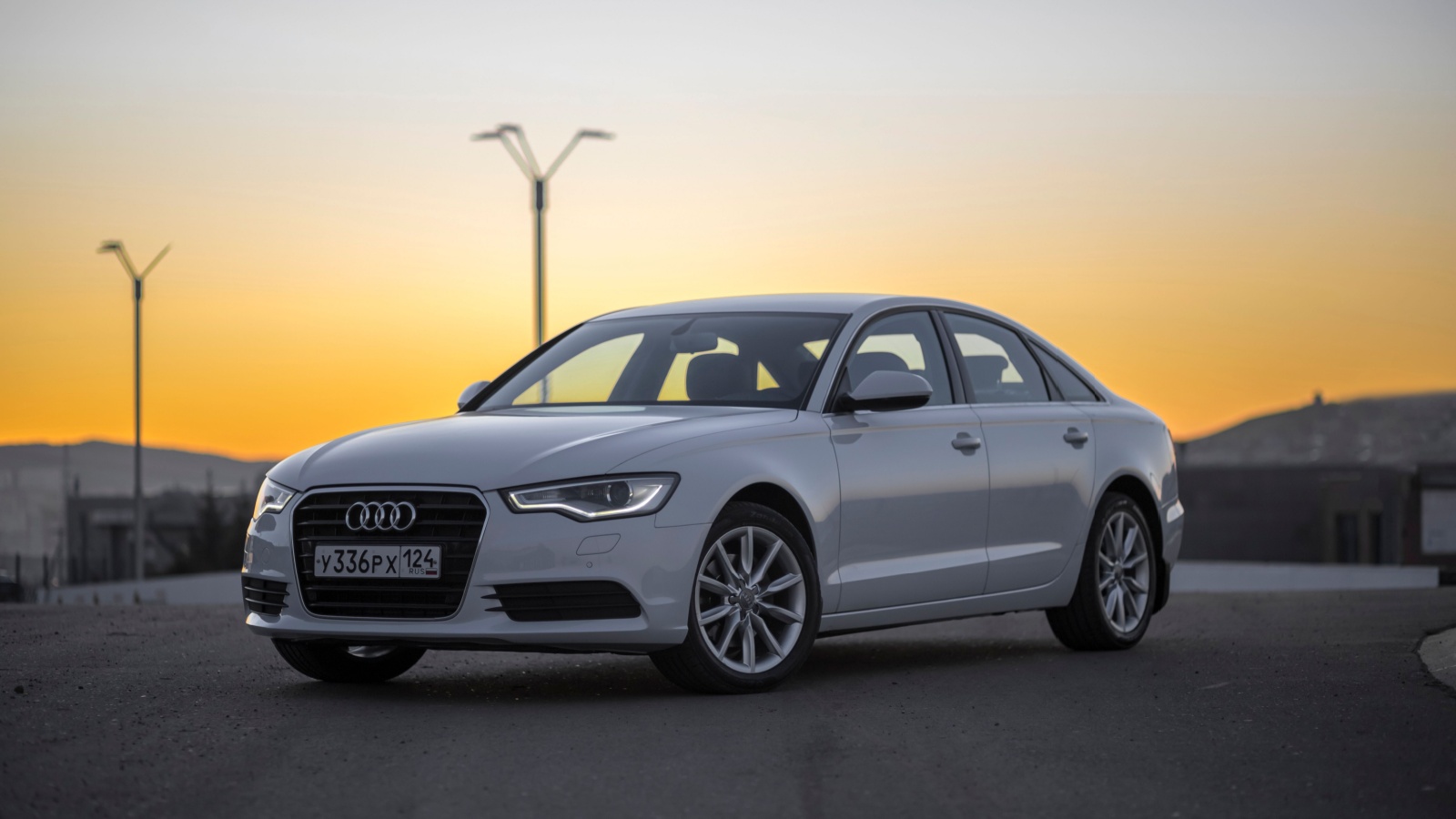
BMW 5-Series or Audi A6 sedans might impress, but their upkeep stings. Scheduled maintenance averages $1,000–$1,500 per year after the warranty, with unexpected repairs, such as electronic failures, topping $2,000. Premium fuel is mandatory, adding 15–20% to fuel bills compared to regular gas cars. Insurance averages $2,200 annually, higher than mainstream alternatives. Depreciation is steep; luxury sedans often lose 55–60% of value in the first five years. A $70,000 car might sell for under $30,000 after just a few years. When cash is short, these premium badges deliver little beyond escalating costs, making them poor choices for recession-era ownership.
Large SUVs
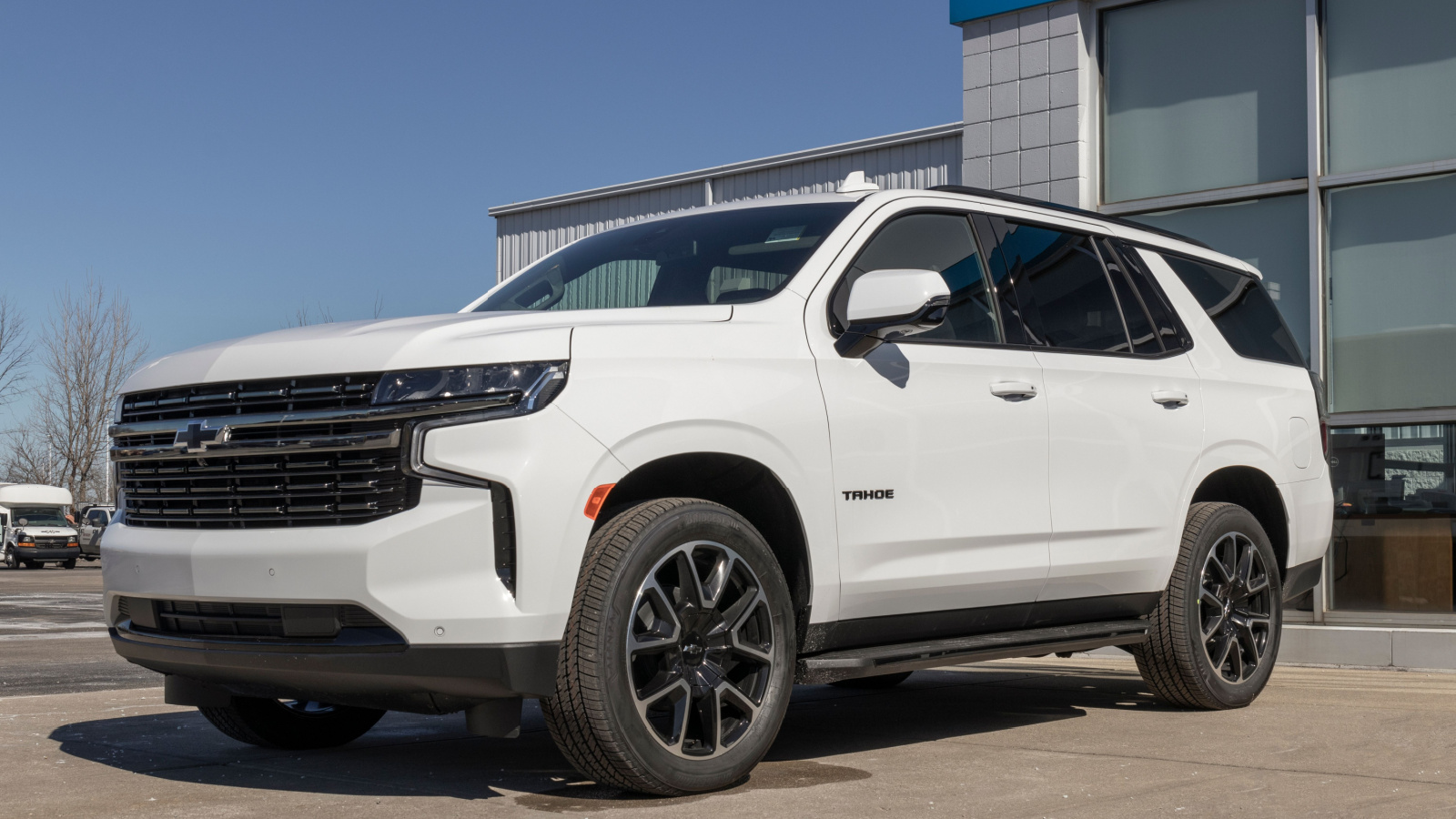
Full-size SUVs such as the Chevrolet Tahoe or Ford Expedition swallow money with every kilometer. Fuel economy averages 16–18 L/100 km, and $150 tanks don’t last long. Tires cost about $1,500 for a set, while brakes wear faster due to vehicle weight. Annual insurance often exceeds $2,000, and depreciation averages 45% in five years. Routine maintenance costs around $1,200 yearly, but bigger failures, like transmission issues, can easily hit $4,000. While they shine in space and comfort, most families can manage with a crossover that uses half the fuel. During downturns, large SUVs bleed money without giving proportional value.
Sports Cars

Models like the Ford Mustang GT or Chevrolet Camaro SS bring thrills, but they punish budgets. Insurance averages $2,400 annually thanks to performance ratings. Premium tires last as little as 20,000 km, costing $1,000–$1,400 per set. Fuel economy runs 14–16 L/100 km, often requiring premium gas. Depreciation is rapid, with muscle and sports cars losing 50% of value within four years. Winter storage or buying a second “beater” adds even more cost. Maintenance for performance brakes or clutches frequently hits four-figure totals. In tough financial times, fun takes a back seat to survival, sports cars simply don’t fit.
Electric Vehicles with Limited Range
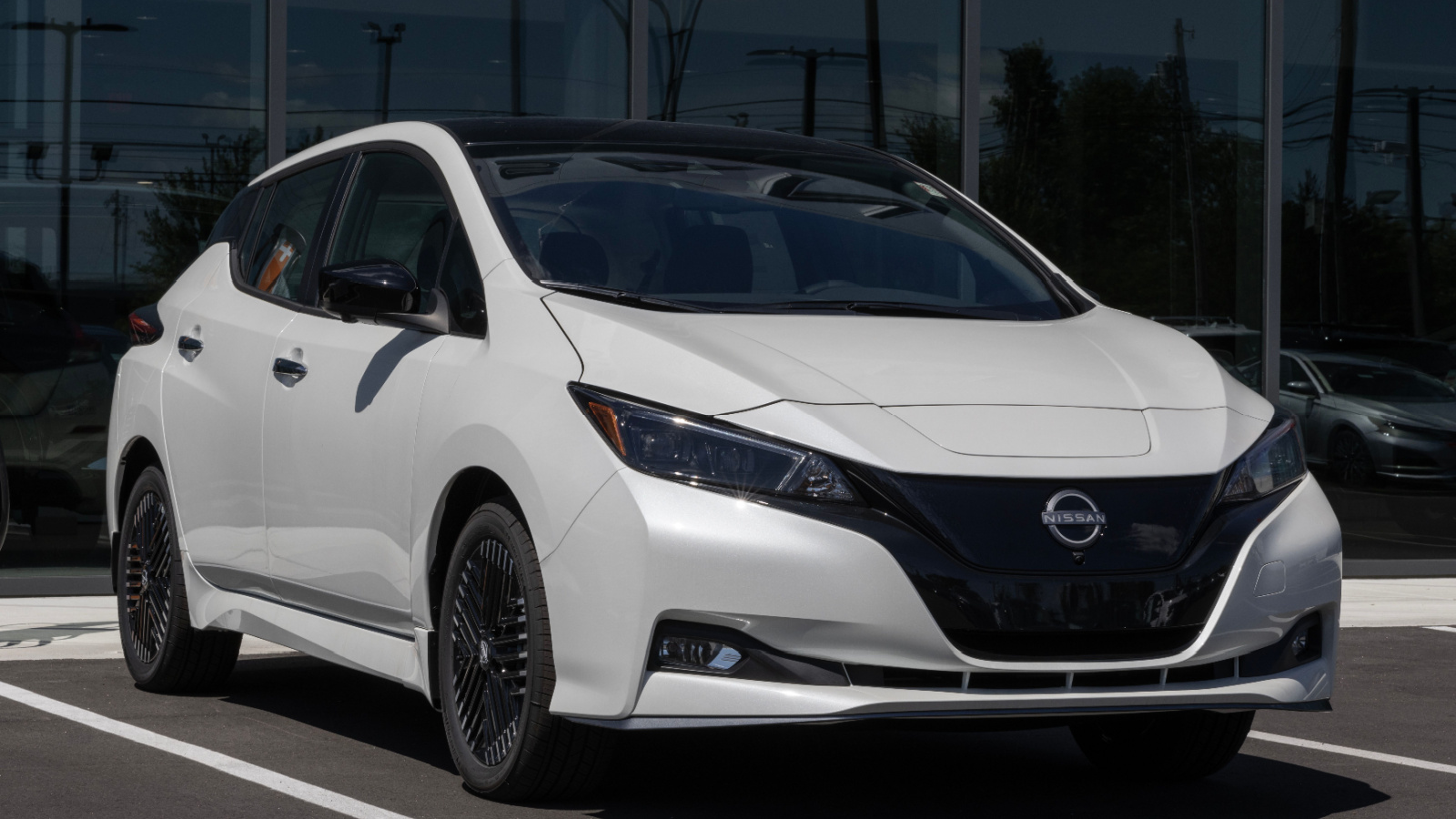
Outdated EVs like the early Nissan Leaf or BMW i3 reveal weaknesses during downturns. Cold weather cuts range by 30–40%, forcing more frequent charging. Battery replacements cost $8,000–$12,000, often exceeding resale value. Home charger installations add $1,500–$2,000, while public charging can be pricier than expected. Depreciation is aggressive—some first-generation EVs lost 70% of value within five years. Insurance runs higher than compact gas cars, averaging $1,600–$1,800 annually. Without a robust charging network outside major cities, owners face inconvenience and hidden costs. For drivers needing versatility and long-distance security, limited-range EVs are especially risky when money is tight.
Luxury SUVs
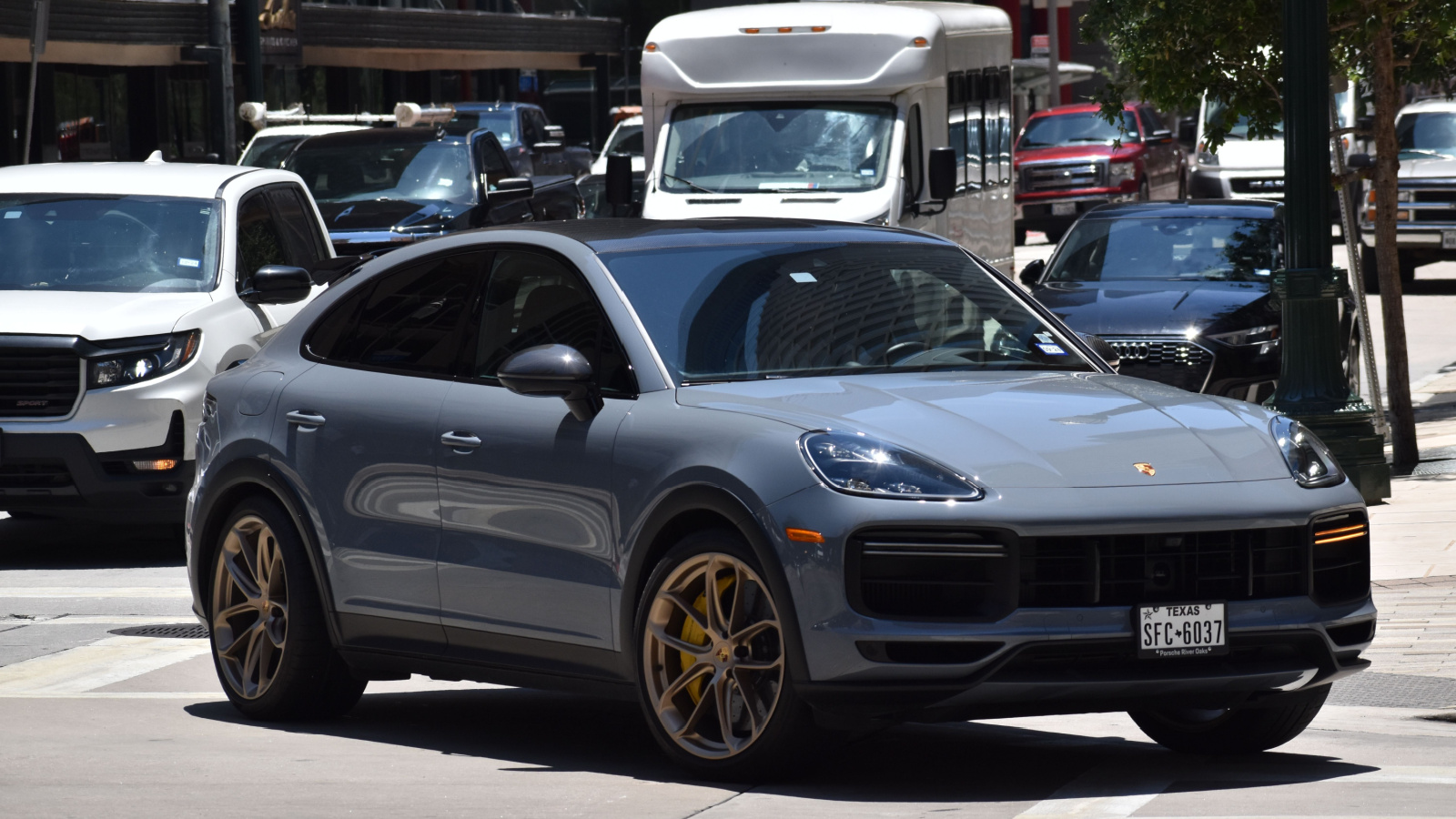
Range Rovers and Porsche Cayennes are recession nightmares. Maintenance costs average $1,500–$2,000 annually, with common repairs like air suspension failures reaching $4,000–$5,000. Fuel consumption is steep at 14–18 L/100 km, always requiring premium fuel. Insurance typically tops $2,400 annually, with theft risks adding to costs. Five-year depreciation hovers around 55%, meaning a $100,000 SUV often sells for under $45,000. Even routine tire replacements can cost $2,000 due to size and performance ratings. While they combine power and comfort, their ongoing financial burden outpaces their utility. During recessions, luxury SUVs prove that prestige often comes at a punishing price.
Minivans with Poor Reliability
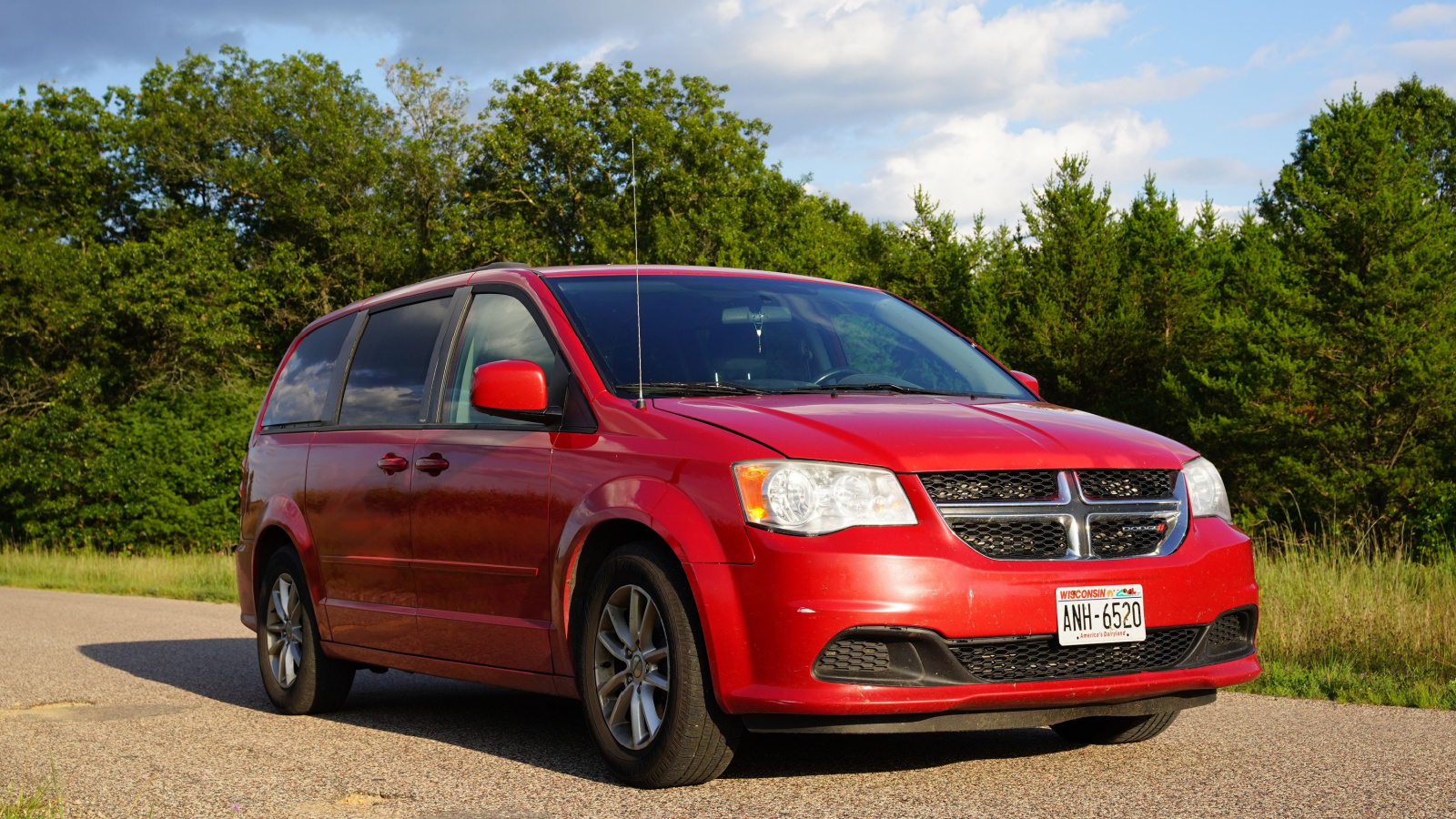
Models with weak reliability records, like older Dodge Grand Caravans, become financial headaches. Transmission repairs are common and typically cost between $3,000 and $4,000. Annual maintenance averages $1,000–$1,200, but frequent breakdowns push totals higher. Fuel economy sits around 12 L/100 km, not much better than SUVs. Tires and brakes wear quickly due to constant family use, adding another $800–$1,200 annually. Insurance averages $1,600, which is slightly lower than for SUVs, but poor resale values offset the savings. Caravans, for example, lose 60% of their value within five years. In recessionary times, a vehicle with frequent repair needs drains family finances too quickly.
High-Mileage Luxury Hybrids
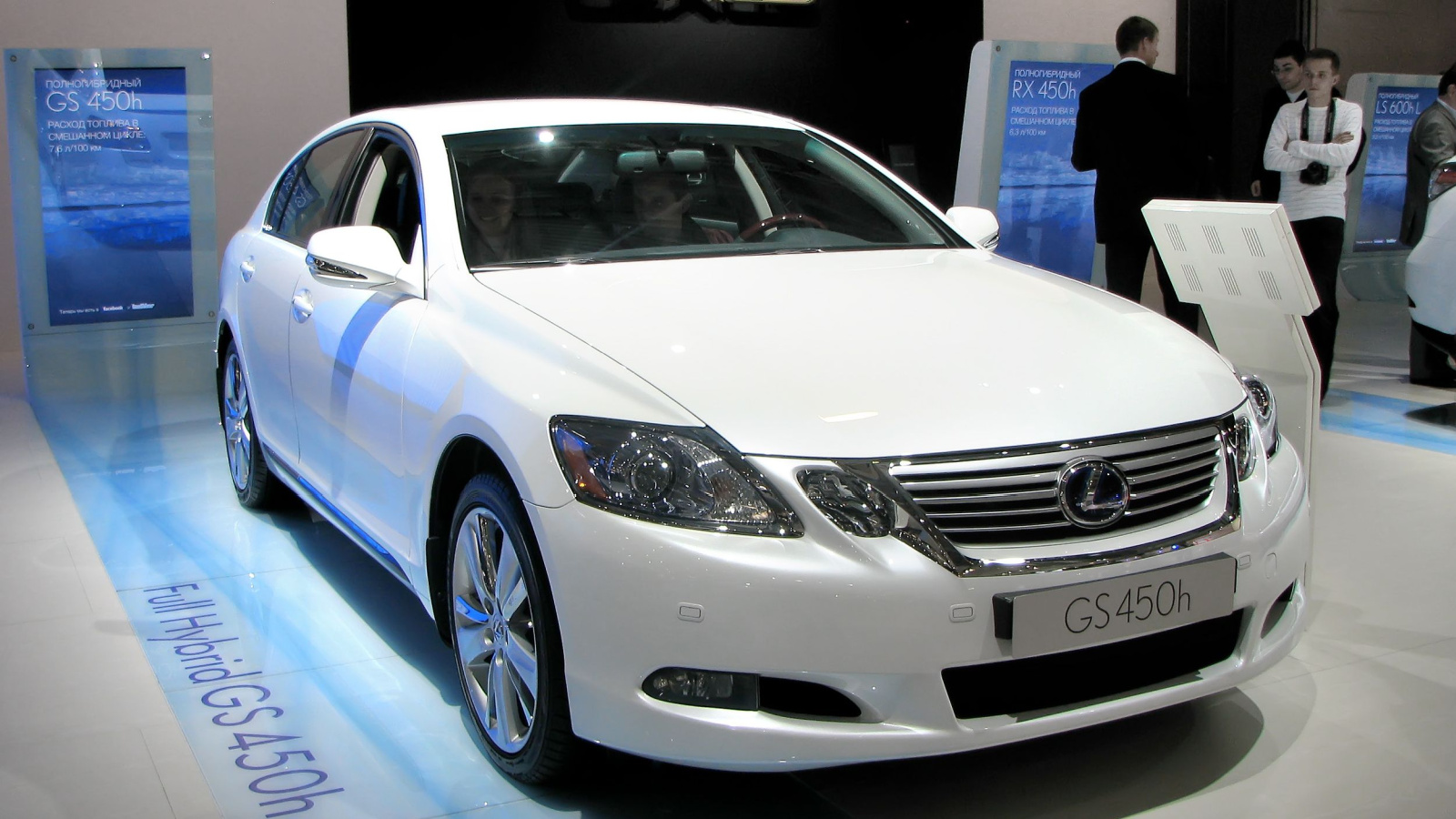
Vehicles like the Lexus GS Hybrid or BMW ActiveHybrid look appealing, but costs skyrocket after 150,000 km. Replacement battery packs can cost $7,000–$10,000, often exceeding car value. Annual maintenance averages $1,500, thanks to their complexity. Repairs require specialized technicians, raising labor costs 25–30% above average. Insurance averages $2,000, reflecting higher risks. Depreciation accelerates after warranties expire, with values dropping 60% in five years. Fuel savings of 1–2 L/100 km over gas models don’t justify looming repair risks. In recessions, when reliability and cost stability matter, high-mileage luxury hybrids are a ticking time bomb for owners.
Compact Cars with Rust Issues
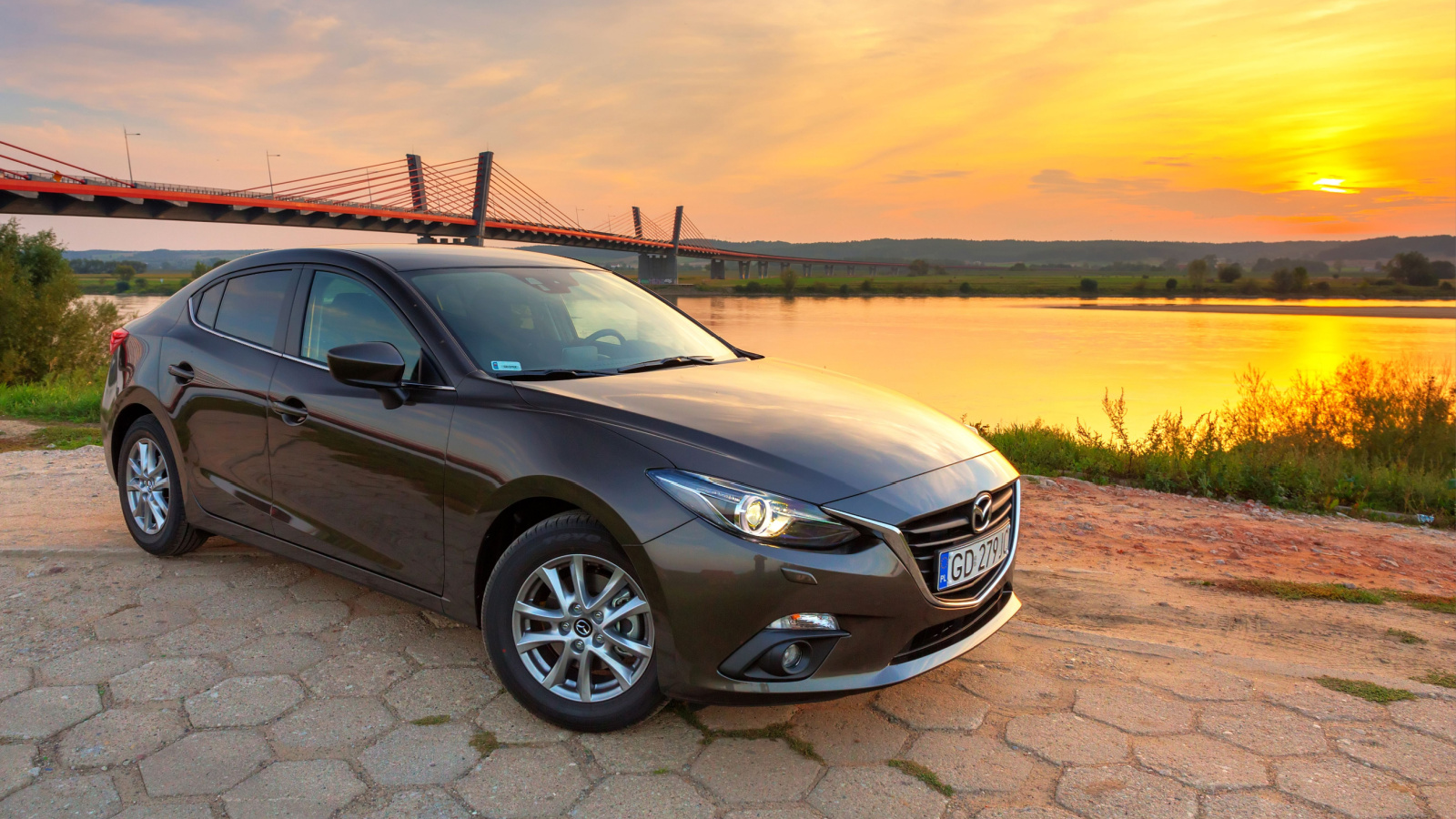
Cars like the early 2000s Mazda3 are infamous for corrosion problems in Canadian winters. Body rust repairs can run $2,000–$4,000, often exceeding car value. Once frames or underbodies rust through, safety inspection failures make them nearly unsellable. Insurance payouts have dropped since insurers devalue rust-prone vehicles. Maintenance may only average $800 annually, but surprise rust damage ruins the budget. Depreciation is rapid, with rusted vehicles losing 10–15% of resale value per year, even if mechanically sound. A compact should save money, but if it can’t withstand salted roads, ownership becomes a money pit rather than a frugal choice.
Premium Convertibles
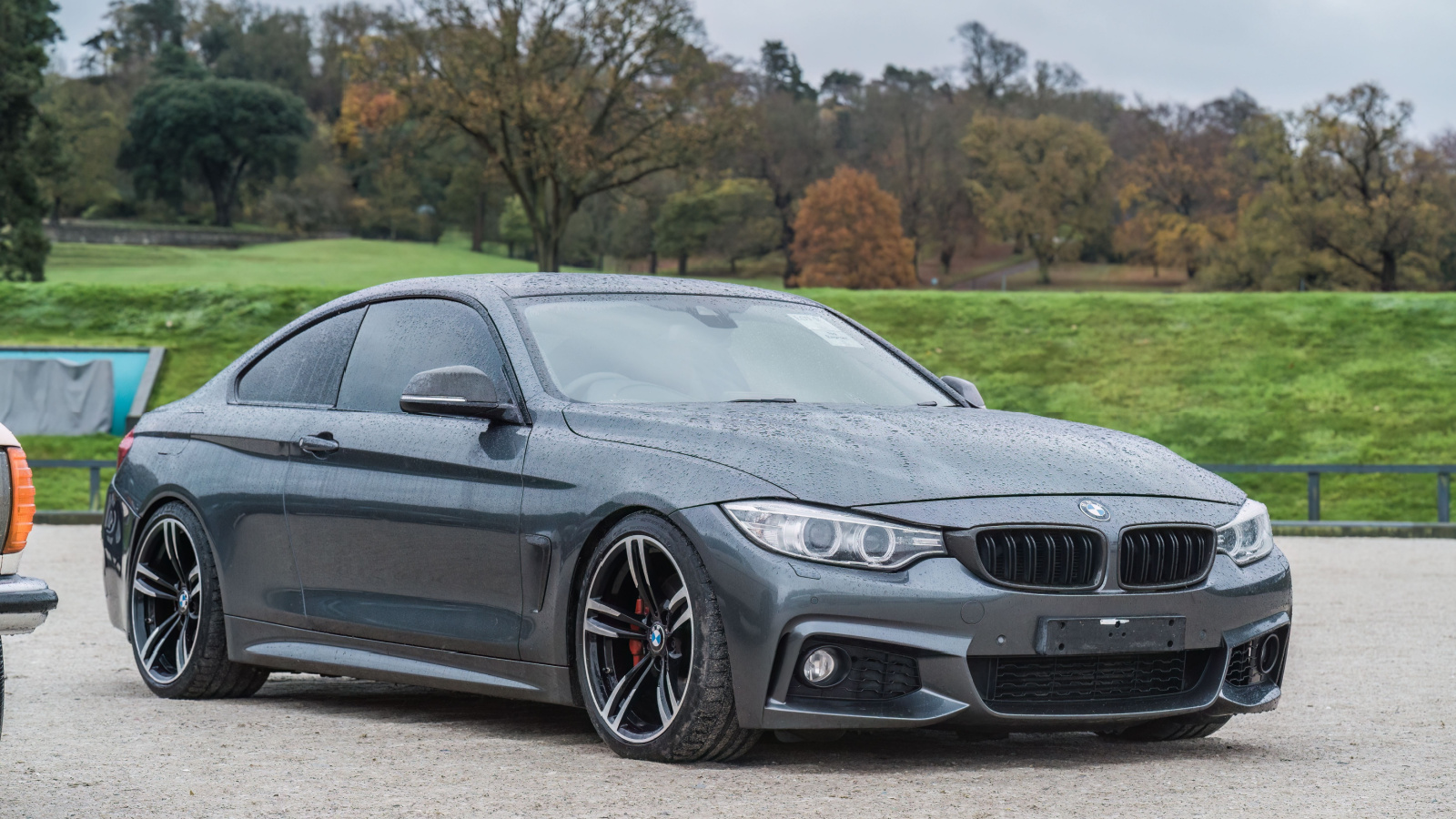
Owning a convertible like a BMW 4-Series Cabriolet sounds glamorous, but reality bites. Soft tops cost $2,000–$3,000 to replace when winter damage sets in. Hardtop mechanisms are intricate, with repairs often hitting $5,000. Fuel economy averages 12–13 L/100 km, worse than comparable sedans. Insurance runs $2,200 annually due to higher theft risk. Seasonal resale swings slash value by up to 20% outside summer. Five-year depreciation averages 55–60%. While driving with the roof down is fun in July, financial headaches pile up year-round. In tough times, convertibles quickly feel less like luxuries and more like liabilities.
Diesel Passenger Cars
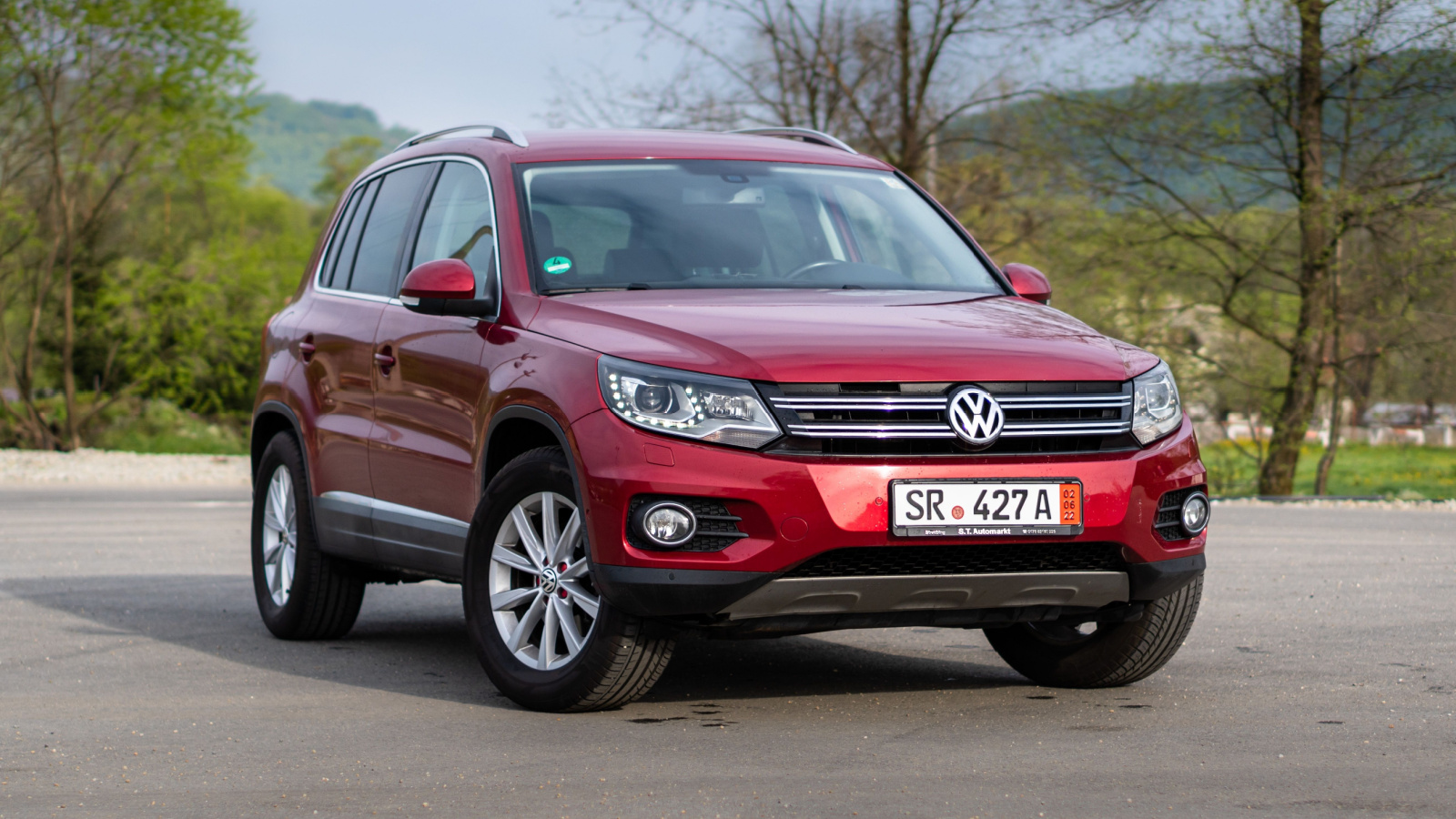
Volkswagen TDIs once promised thrift, but ownership costs eroded after emissions scandals. Diesel fuel is often pricier than gasoline in Canada, averaging 10–20 cents more per liter. Repairs to clogged particulate filters or SCR systems run $2,000–$3,000. Annual maintenance averages $1,200, 20% above gas equivalents. Insurance premiums average $1,700, while resale values fell 30% after Dieselgate. City driving accelerates wear, making urban ownership especially punishing. Although highway economy (6–7 L/100 km) looks good, repair bills offset the savings. In recessions, where dependability and low-cost operation matter most, diesel passenger cars deliver far more pain than benefit.
High-End Coupes
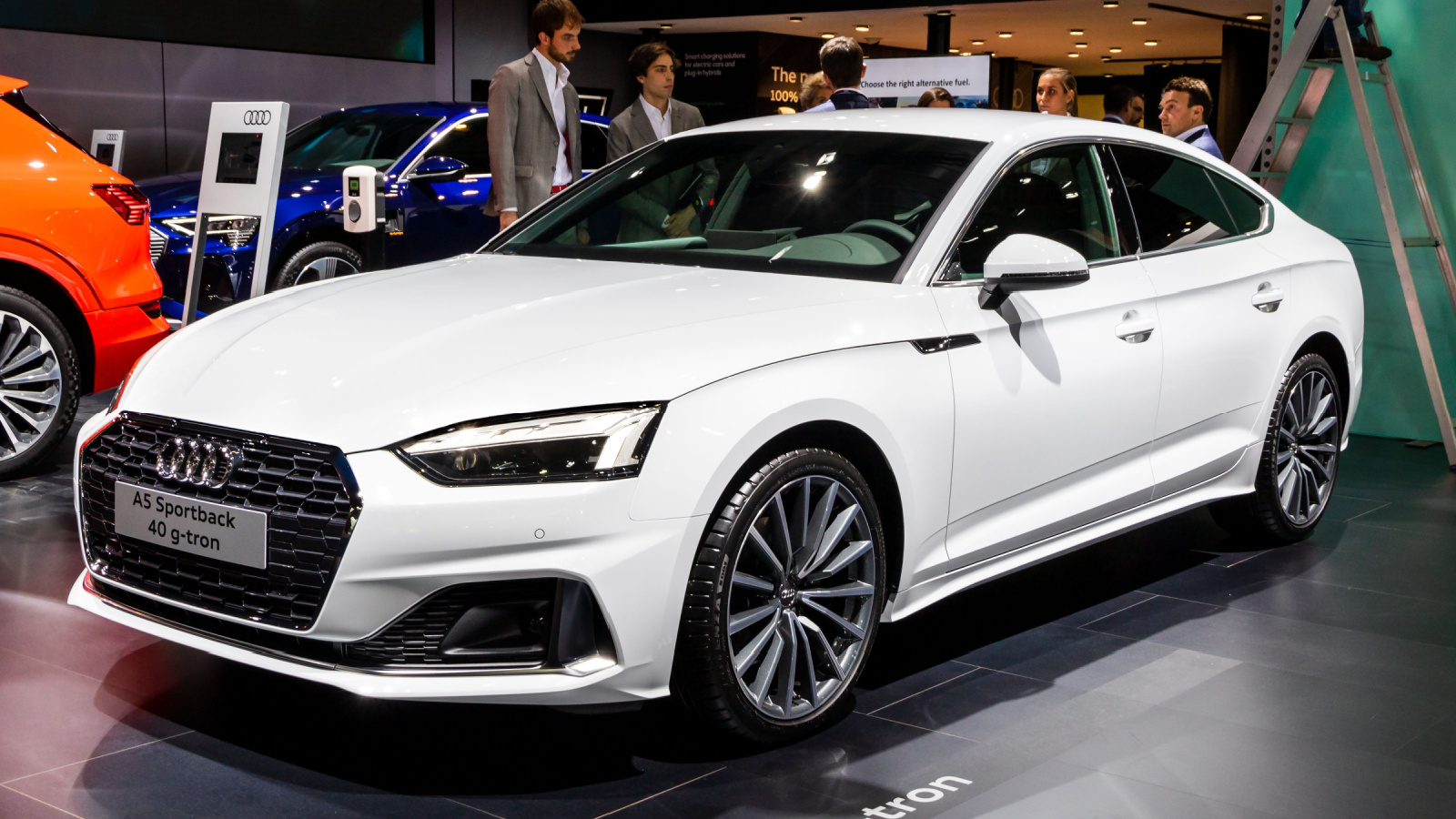
Luxury coupes like the Audi A5 or Mercedes C-Class Coupe deliver image but drain wallets. Annual maintenance averages $1,200–$1,500, with bodywork repairs costing more due to two-door designs. Fuel economy runs 11–13 L/100 km, often requiring premium fuel. Insurance averages $2,200 annually due to performance categories. Depreciation is harsh—coupes lose 55% of value in five years, as family buyers avoid impractical layouts. Tires and brakes for performance trims cost $1,000–$1,400 per set. While stylish, these cars lack the versatility needed in downturns. Recessions expose them as expensive toys rather than reliable transport worth holding onto.
Obscure Imported Brands
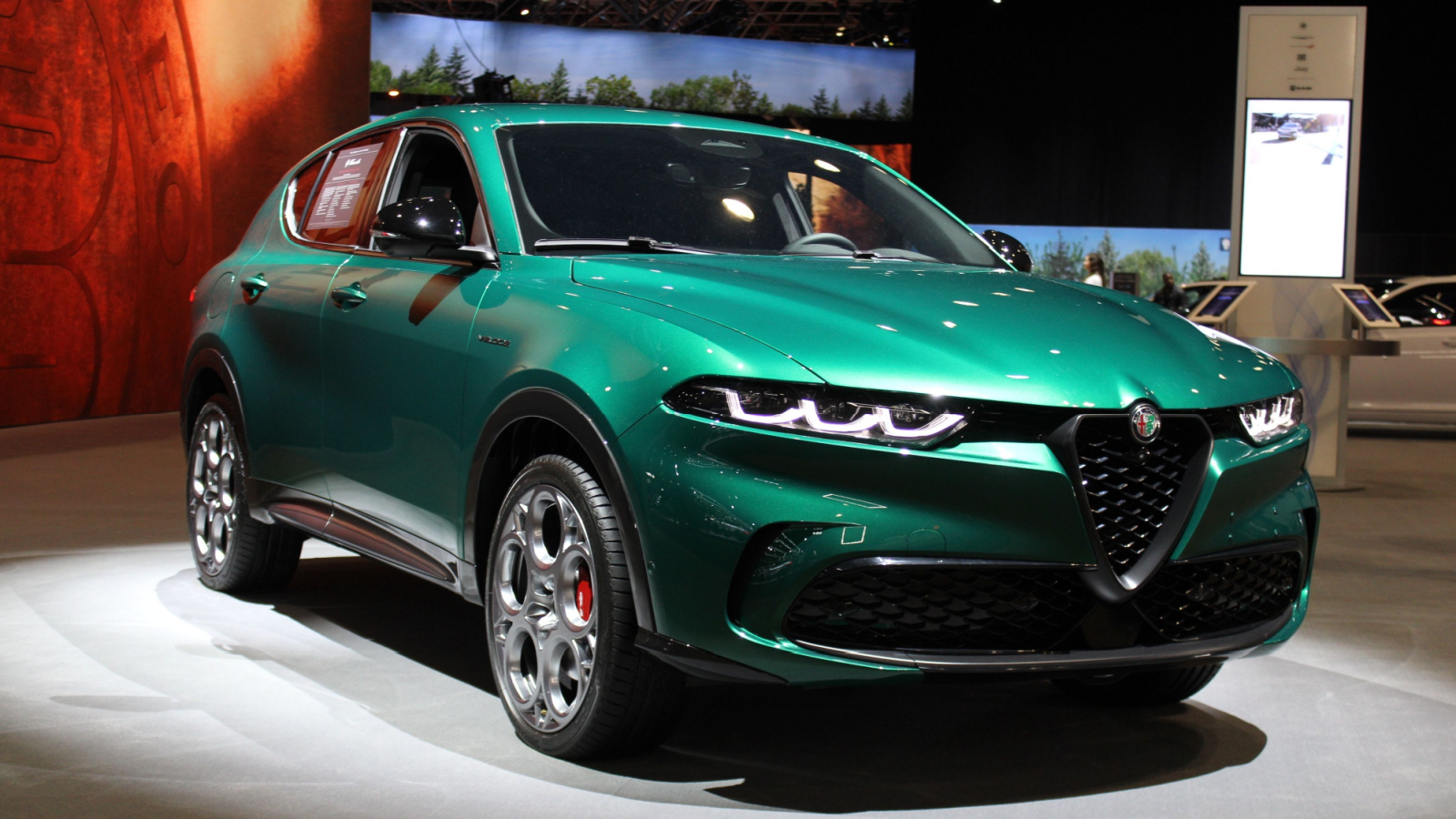
Vehicles from limited-distribution brands like Alfa Romeo or Fiat create ownership nightmares. Parts often require overseas shipping, with delays stretching weeks. Repairs cost 20–30% more due to limited mechanic familiarity. Insurance premiums average $1,800–$2,000, with higher risk assessments from insurers. Depreciation is severe, with five-year drops reaching 65% as resale demand is minimal. Routine maintenance averages $1,200 annually, but rare failures often exceed $3,000. While unique, these cars lack affordable dealer support in smaller Canadian cities. In recessions, when liquidity matters, being stuck with an obscure import makes offloading nearly impossible without significant financial loss.
Old Luxury Cars Bought Cheap
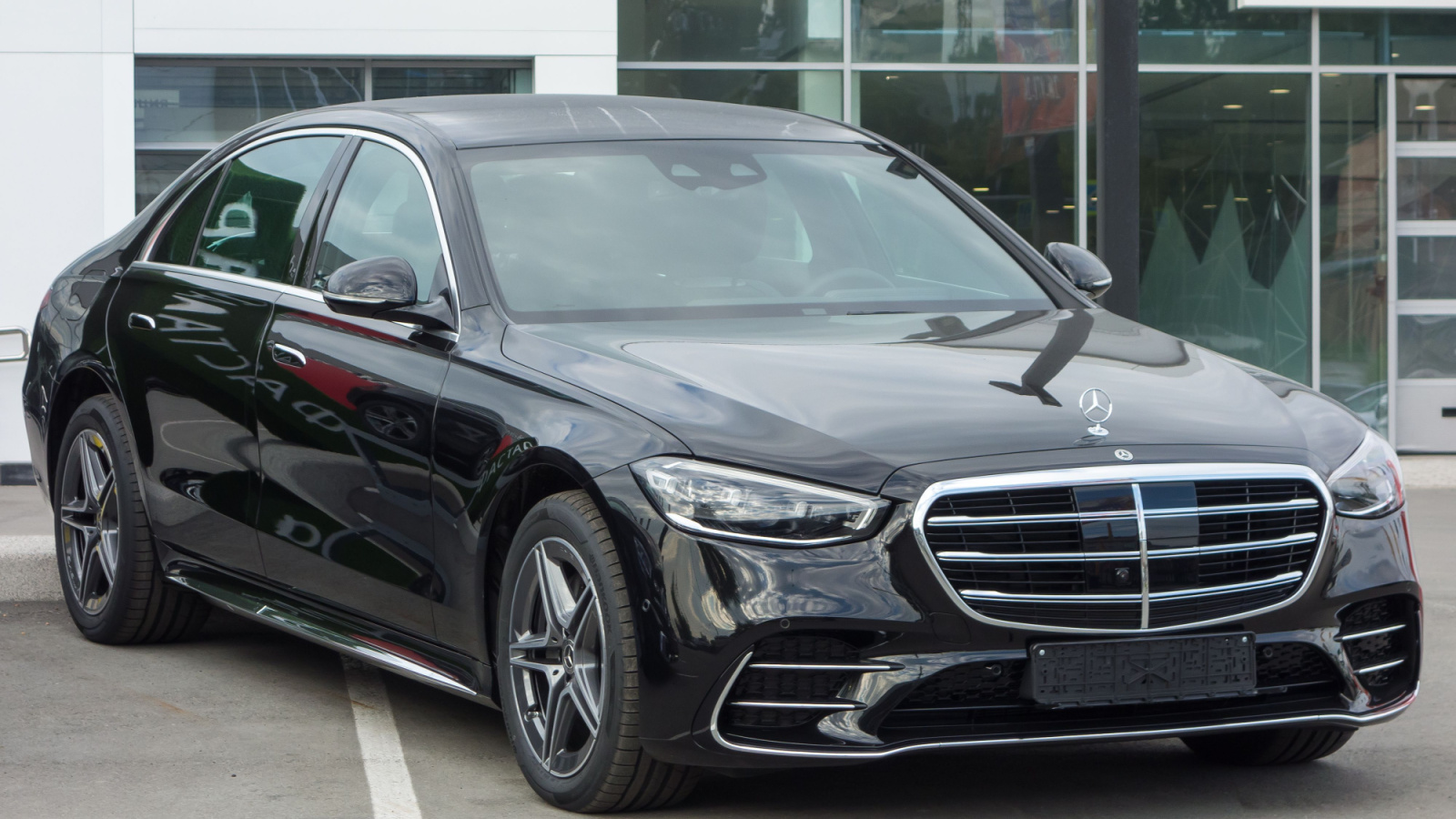
Used BMW 7-Series or Mercedes S-Class models often lure buyers with low sticker prices under $20,000. But annual maintenance averages $2,000–$3,000, as suspension, electronics, and transmissions frequently fail. Insurance remains expensive, averaging $2,200 despite the car’s age. Fuel economy is poor at 13–15 L/100 km, requiring premium fuel. Depreciation continues, and values plummet another 50% within five years. Common repairs like air suspension failures cost $4,000–$6,000. What looks like a bargain can quickly become a money trap. In recessions, cheap luxury sedans highlight the reality that if a car was once $100,000 new, it’s never cheap to maintain.
Oversized Vans and Wagons
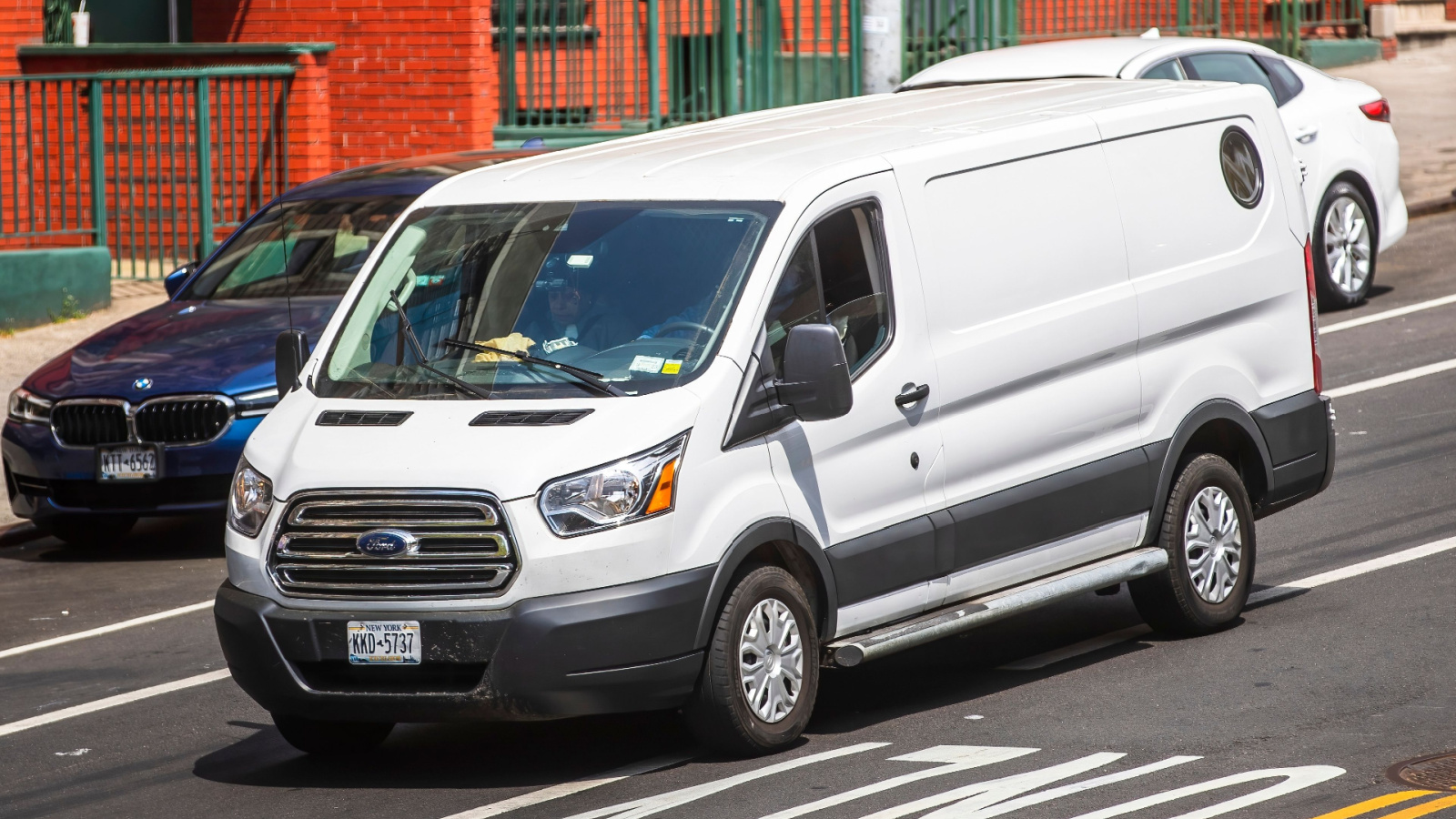
Full-size vans, like the Ford Transit or Mercedes Sprinter, are generally not suitable for personal use outside of commercial applications. Fuel economy runs 14–16 L/100 km, draining $150 tanks quickly. Parking fees and fines pile up in cities due to their size. Tires cost $1,500+ per set, while brakes wear out faster due to the constant heavy weight. Insurance averages $2,000 annually, as they fall into different categories. Resale is limited, with a 50% drop in value over five years, unless necessary for work. Maintenance averages $1,500 annually, which is higher than for crossovers. For families, smaller minivans or SUVs provide more balance. In recessions, oversized vans create costs without sufficient return.
Gas-Guzzling Muscle Cars
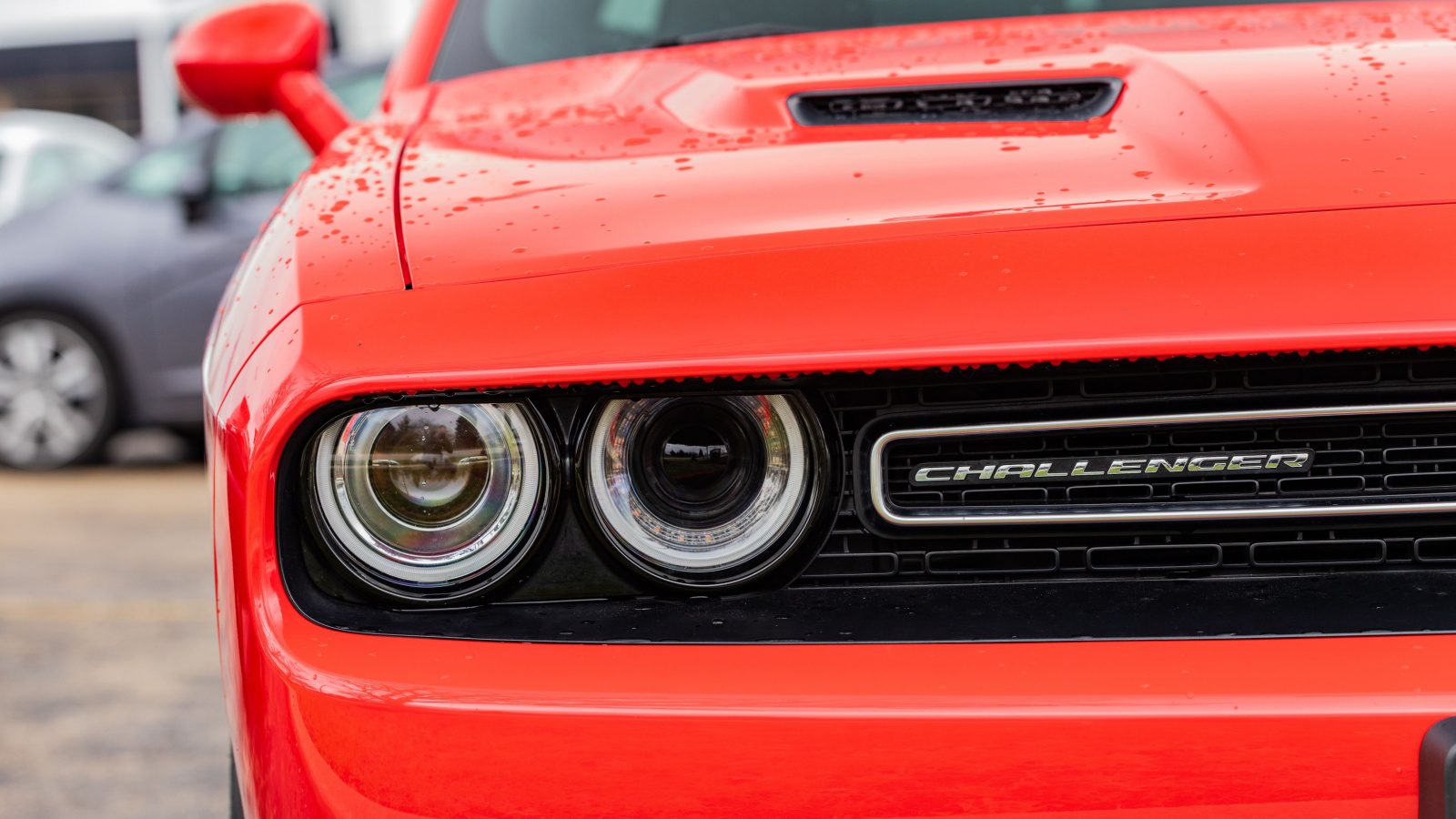
Muscle cars like the Dodge Challenger or Chevrolet Camaro SS become unmanageable in downturns. Fuel economy sits at 15–17 L/100 km, with premium gas mandatory. Tires last 25,000 km or less, costing $1,200+ per set. Insurance averages $2,400 annually due to accident risk and performance ratings. Five-year depreciation hovers around 50–55%, as resale demand shrinks in downturns. Winter drivability is nearly nonexistent, forcing the use of a second vehicle. Maintenance costs, including performance brakes, average $1,500 annually. While thrilling to drive, they drain every budget category at once. In recessions, practicality wins, and muscle cars quickly lose their charm.
21 Products Canadians Should Stockpile Before Tariffs Hit

If trade tensions escalate between Canada and the U.S., everyday essentials can suddenly disappear or skyrocket in price. Products like pantry basics and tech must-haves that depend on are deeply tied to cross-border supply chains and are likely to face various kinds of disruptions
21 Products Canadians Should Stockpile Before Tariffs Hit
